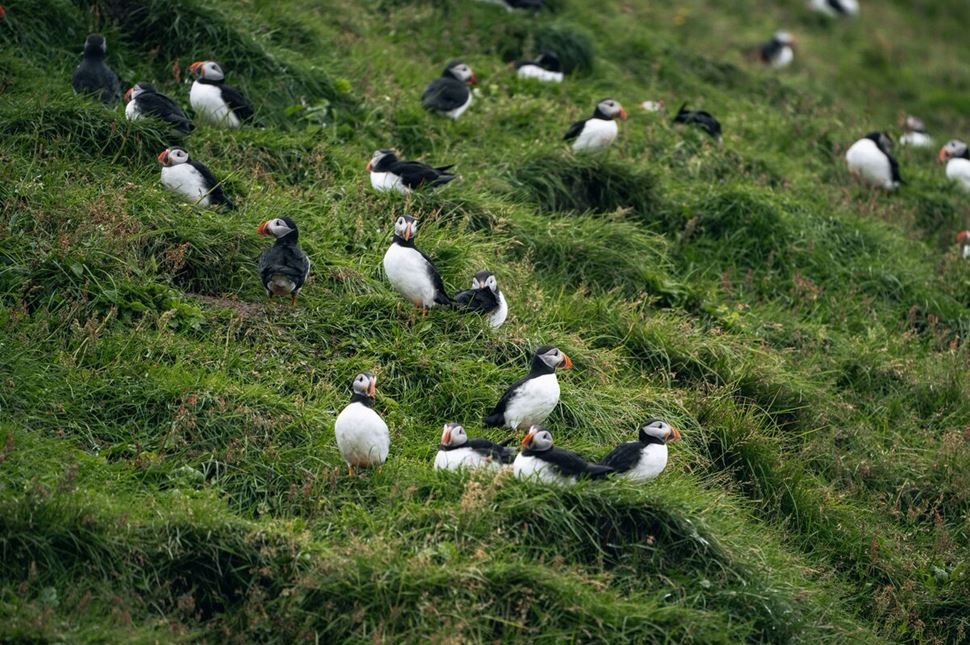Activities in Iceland vary from adrenaline-filled adventures to low-key museum visits. They include whale watching in Dalvik, snorkeling in the world’s clearest waters, hiking in the most remote destinations, and hunting the Northern Lights. Regardless of the season, you’ll always find inspiring and entertaining activities to do with your friends, with family or solo.
Browse the best activities in Iceland and plan an unforgettable holiday with Arctic Adventures!
Spending a day exploring Iceland’s capital is popular for visitors with layover flights or tight itineraries. Here are our recommendations for the best things to do during a day in Reykjavik:

Summer is the most popular season to visit Iceland. The weather is gentle, the days are never-ending thanks to the Midnight Sun, and most activities are on offer. Here’s everything you need to do on your trip to Iceland this summer:


Besides adrenaline-filled outdoor adventures, Reykjavik has an abundance of indoor activities on offer. Here are a few things you can do regardless of the weather:

Iceland experiences two seasons: summer and winter. Many of the most popular Iceland activities are available all-year-round, while others are reserved for specific seasons.
Activities available all-year-round: thrilling snowmobile rides, whale watching, snorkeling and diving tours. You can also explore Iceland’s mighty ice caps on our year-round glacier adventures.
Iceland’s summer activities: stunning hiking, kayaking, and rafting tours. Explore Iceland’s incredible lakes and lagoons on boat and jet boat tours before the water freezes.
Iceland’s winter activities: unique crystal caves that form inside Iceland’s glaciers each winter on our ice cave tours! Best of all, winter is the season for chasing the elusive aurora borealis on a Northern Lights tours.
We offer many adventures that are perfect for kids of all ages. Whale and puffin watching tours are fantastic for little animal lovers. Visiting the Blue Lagoon is also fun and open to children from 2 years old.
If your children are younger than 6 years old, a sightseeing trip to Snaefellsnes or the Golden Circle is ideal. It’s a full day packed with waterfalls, mountains, and glaciers.
Love horses? Then get close to nature by riding a horse through Iceland’s lava fields.Older kids might enjoy blood-pumping snowmobiling tours, snorkeling at Silfra Fissure, hiking trips or rafting and kayaking packages.
For mothers-to-be, we recommend activities that are not too challenging. Whale watching, Northern Lights and the Golden Circle are some of the best adventures to join.
Consult your doctor before engaging in certain activities like visiting the Blue Lagoon, glacier hiking or ice caving.
Some tours, unfortunately, are off-limits to pregnant women. Those include snorkeling, diving, and snowmobiling (for 3 mos+).